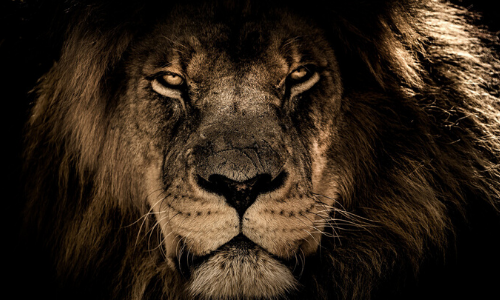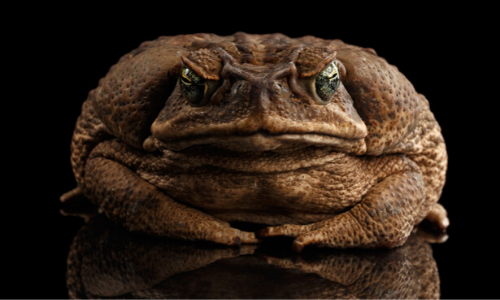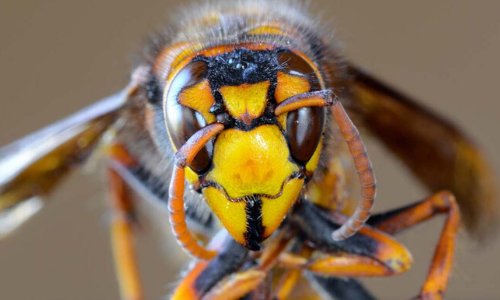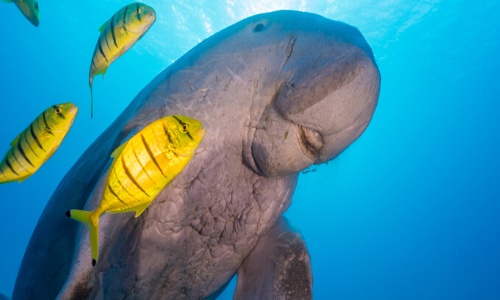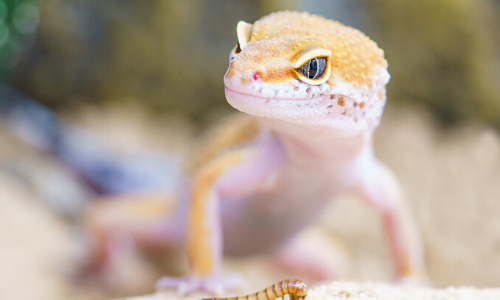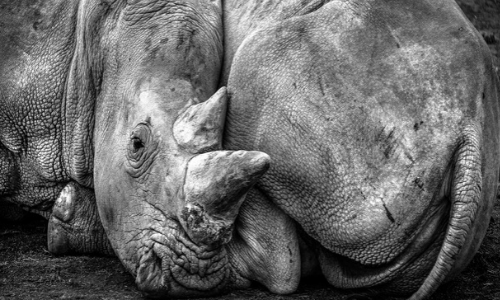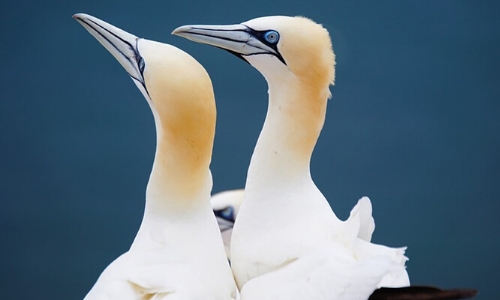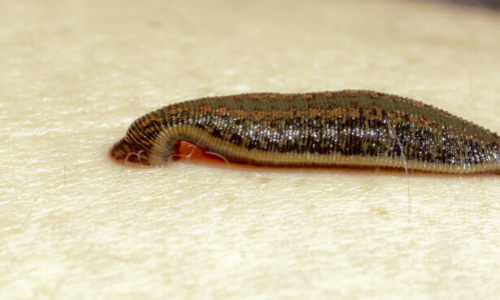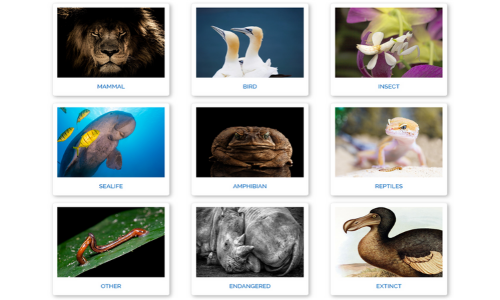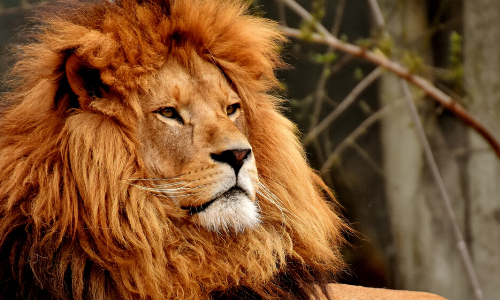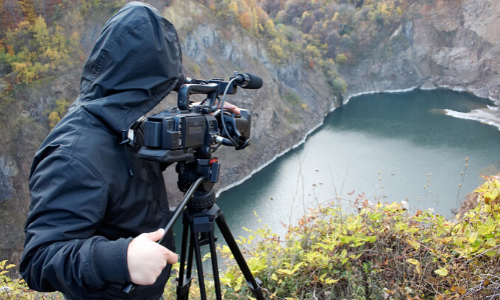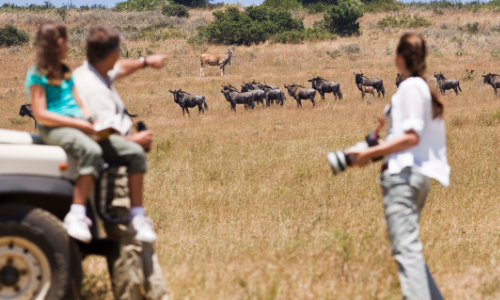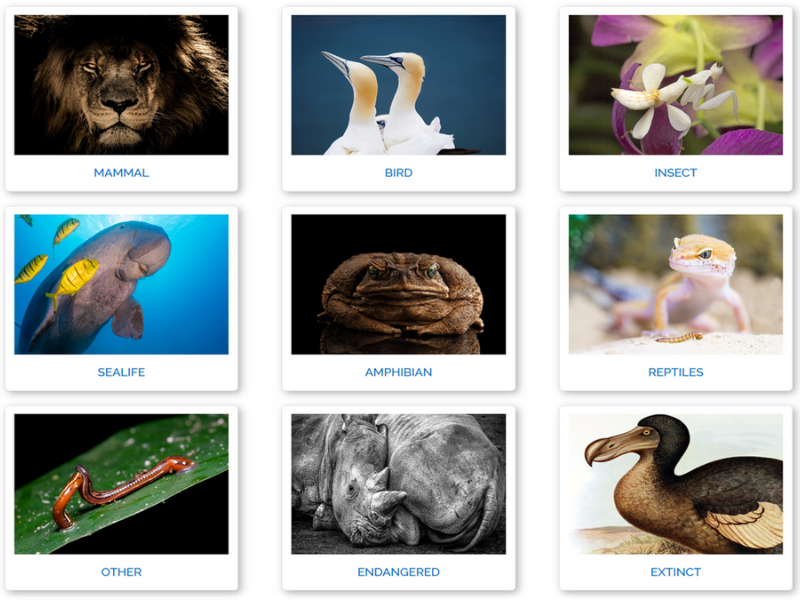
Peacock Butterfly
If the peacock butterfly is attacked, it’ll flash its wings to show their eyespots and make a hissing noise to scare off predators.

Kori Bustard
Even though kori bustards are mainly land-bound, they can fly from predators, making them the heaviest flying bird in the world!

Himalayan Tahr
The Himalayan tahr have the ability to grasp onto the smooth and rough surfaces of mountainous terrain using their even-toed hooves with rubbery cores.

Green Honeycreeper
Some honeycreepers prefer to live in pairs while others live in larger groups with other kinds of birds for protection against predators like snakes.

Chuckwalla
Chuckwallas will run between tight spaces like crevices and inflate their lungs until they fill up the entire area, making it impossible to pull them out.

Przewalski’s Horse
They were named after Russian explorer Nikolai Przewalski but are also called the Mongolian wild horse or Dzungarian horse.

Numbat
Numbats have a long tongue that sucks the termites up, and the ridges on top of the mouth scrape the bugs off to be swallowed. They can eat 20,000 a day!

Dodo
A common misconception of the dodos is that they were unintelligent. This stems from the fact that the dodo had no natural predators.

Brussels Griffon
Brussels Griffons were first bred in Belgium to kill rats and other small critters that were inhabiting horse stables before being brought to America.

Antarctic Minke Whale
The Antarctic minke whales will communicate with the group through a variety of sounds usually around 150 decibels, which is as loud as a jet taking off!

